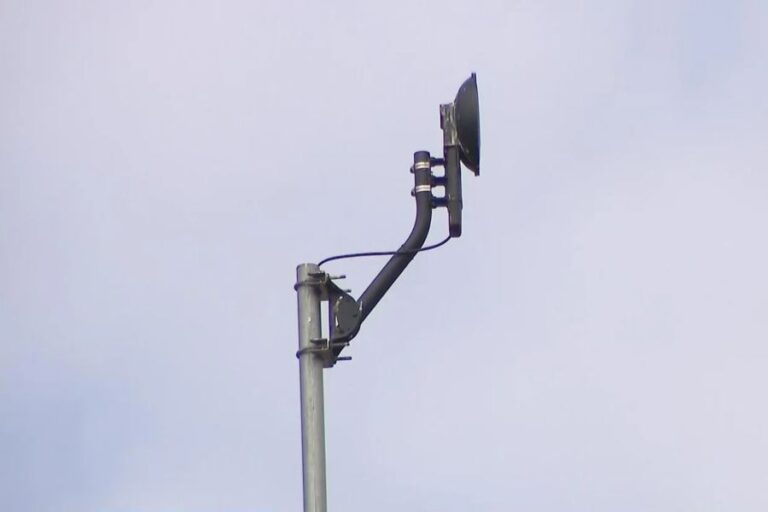A homicide investigation is underway after a 13-year-old boy was found shot to death early Monday morning in Chicago’s Lawndale neighborhood. His body was discovered in a backyard, raising concerns over the lack of emergency response and the city’s decision to eliminate gunshot detection technology. No 911 call was placed to report the shooting, and authorities say they were only alerted after the boy’s mother reported him missing.
Alderman Monique Scott (24th Ward) expressed frustration over the tragic incident, saying the lack of ShotSpotter technology may have delayed the discovery of the boy’s body. ShotSpotter, a gunshot detection system once used in Lawndale, had previously helped police locate shooting incidents in real time, but the system was discontinued following a decision by Mayor Brandon Johnson. Scott said she believes if ShotSpotter had been active, police and emergency responders could have located the boy sooner.
“If we had ShotSpotter or some kind of tool, we could’ve known where to find this kid,” Scott stated. “He was just left in a backyard for we don’t know how long.” She vowed to push for the city to reinstate gun detection technology to improve law enforcement response times in high-crime areas.
Alderman Raymond Lopez (15th Ward) echoed Scott’s concerns, arguing that the city’s decision to remove ShotSpotter has left many communities more vulnerable to gun violence. “We can’t keep doing this,” Lopez said. “We can’t keep pretending everything is alright when we know it’s not.” He added that 32 of his fellow aldermen supported reinstating the system, yet the mayor has failed to act on the City Council’s directive.
Last year, the City Council voted 33-14 in favor of keeping the technology, overturning Mayor Johnson’s decision to remove it. The council transferred decision-making authority to Chicago Police Superintendent Larry Snelling, but Johnson refused to implement the change, arguing that the ordinance was unenforceable. As a result, ShotSpotter was officially taken offline in September 2023, despite months of heated debate over its effectiveness.
The system was first introduced in 2017, with Chicago taxpayers spending approximately $50 million on the program. While some city officials and law enforcement agencies saw value in its ability to detect gunfire and improve police response times, critics contended that ShotSpotter did not lead to a significant increase in arrests or prosecutions. Furthermore, civil rights advocates have argued that its deployment disproportionately targeted Black and Latino neighborhoods, raising concerns over racial profiling.
Lopez criticized Mayor Johnson’s administration for failing to act after the City Council’s vote to keep the program. “The Johnson administration refuses to adhere to the laws passed by City Council that say we want this technology available,” Lopez said. “This tragedy is just another example of why we need real solutions to fight crime in our neighborhoods.”
Scott remains steadfast in her call for some form of gun detection technology, arguing that many residents in high-crime neighborhoods do not report gunfire to police out of fear or desensitization. “We need some type of gun detection technology. It works. It saves lives. No, it’s not a miracle tool that’s going to stop the bullet, but it detects where the gunshots are coming from,” she explained. Scott intends to rally support among her fellow aldermen to revisit the debate on ShotSpotter or find alternative technology solutions to aid in crime prevention.
As of Monday afternoon, no arrests had been made in connection to the teen’s death, and the investigation remains ongoing. With gun violence persisting as a major issue in Chicago, the debate over ShotSpotter’s effectiveness and the city’s crime-fighting strategies is expected to gain renewed attention in the weeks ahead.
